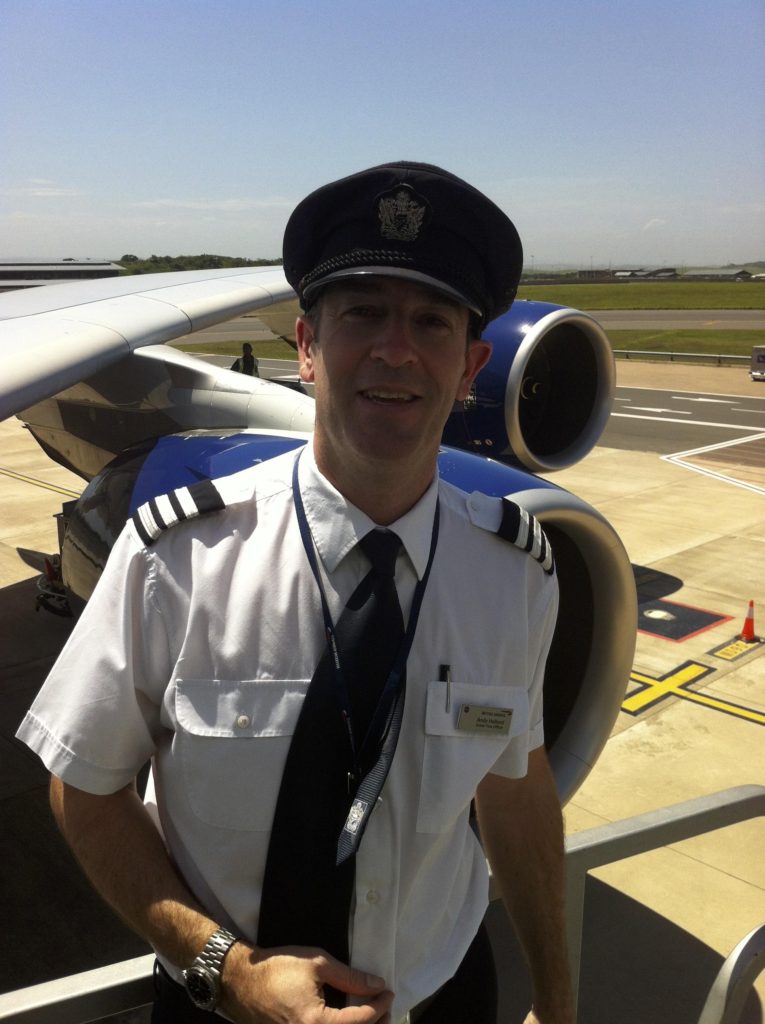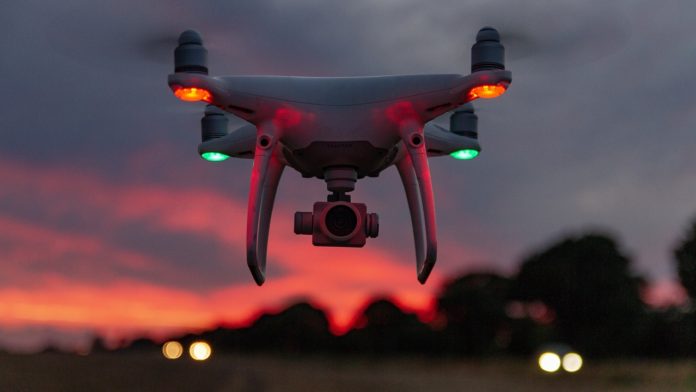Why Former Royal Air Force Tornado Jet Pilot Has Turned His Sights on Drones
One of the RAF’s former top instructors is on a new mission … to make the skies safer.
Squadron leader Andy Holland used to fly ground attack Tornadoes at speeds of around 650mph … and is now a British Airways pilot responsible for the safety of 469 passengers each time he’s at the controls of the giant double-decker long-haul Airbus A380.
But when he’s not doing that the 48-year-old father-of-four is teaching people how to fly drones.
It’s a role he and colleagues at Flyby Technology take very seriously. The company’s instructors have 600 YEARS flying experience between them and are all either former RAF or Royal Navy pilots and instructors or else highly qualified civilian flying instructors.
Andy saw action flying Tornadoes with 1X (B) Squadron in the Second Gulf War in 2003 – describing his role as “neutralising threats so our ground forces could move towards Baghdad.”
In short, that involved bombing and strafing missions and he went through the trauma of losing two of his flying colleagues during that conflict. Andy went on to become one of the RAF’s top instructors during his time in the service from 1990 to 2008. This involved teaching new pilots flying, weapons and tactics.
He said: “It was so rewarding taking pilots arriving with basic knowledge up to a level where they were combat ready.”
Andy has taken this ethos into his instructing with Flyby, amazed that people would think to try to fly drones without any training.
“You wouldn’t get into a car and start driving without any instruction or taking a test,” he says. “So why would you buy a drone and start flying it without doing the same? I’d argue the consequences could be catastrophic if a drone came into conflict with an aircraft cruising at speeds over 150mph.
“The basic mistakes made by people who buy drones and have no flying experience are that they don’t fully understand the controls or the capabilities of their drones. They are small but very complicated pieces of kit. Untrained drone pilots also think they can fly their aircraft without being able to see it which is a big no-no. The golden rule is that you must always be able to see your drone.”
Andy added: “It’s important drone pilots – especially those who want to operate them commercially – are trained to the highest standards and are fully aware of all the legal requirements that come with operating a drone, including the serious implications they could face if they breach the Air Navigation Order which, in extreme cases, could lead to prison.
“The two watchwords behind all our training are safety and control. Our job is to educate both drone pilots and, hopefully, the general public about the importance of safety in the air. Drone pilots are just that – pilots – who are responsible for the aircraft they are flying and the consequences should anything go wrong.
“We are trying to ensure that as many people as possible get an exceptional level of training.”
Andy, who lives near Guildford and teaches Flyby students in the London area, revealed that drones have countless commercial uses these days ranging from the police using them to help find missing people through to the oil and gas industry deploying them to inspect rigs at sea. Professional photographers and estate agents use drones to get eye-catching aerial shots.

When flying RAF Tornadoes Andy could jet across England from the east coast to the west in well under 10 minutes which meant he had to think, as Andy succinctly puts it, “ahead of the plane.” And this is what drone pilots need to do – be aware not only of their drone but any potential hazards it could suddenly face.
Flyby has a five-day course for new drone owners and a three-day one for those with flying experience.
The first two days are spent in the classroom – called ground school – with students being examined flying their drones on the final day and during that they must show how they can safely avoid potential hazards ranging from people to power lines. It’s a Civil Aviation Authority requirement they pass this examination before they can apply for a licence to fly commercially.
The course includes the principles of flight, basic air law, flight planning, basic air navigation and understanding the weather. More importantly, it also covers the non-tangible pilot skills that differentiate an average pilot from an exceptional one.
Flyby Technology spends a lot of time teaching these principles, skills, competencies and behaviours. It is the glue that holds flying together and makes an operation safe. During the flight exam the student will face simulated emergencies and be expected to apply everything they have learned confidently.
What would they do if a helicopter or a low flying aircraft suddenly appeared, if they suddenly lost control or a blade or the drone motor suddenly failed?
Good training makes those responses automatic and appropriate.
